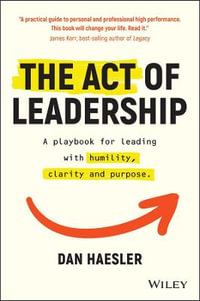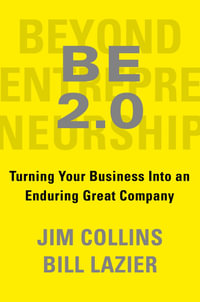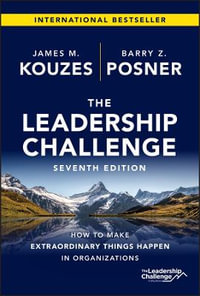Chapter 1 The nature and importance of leadership
The meaning of leadership
The impact of leadership on organisational performance
Leadership roles
The satisfactions and frustrations of being a leader
A framework for understanding leadership
Skill development in leadership
Summary
Chapter 2 Traits, motives, and characteristics of leaders
Personality traits of effective leaders
Leadership motives
Cognitive factors and leadership
Level 5 leadership
Gender and leadership
The strengths and limitations of the trait approach
Summary
Chapter 3 Leadership behaviours, attitudes and styles
The classic dimensions of initiating structure and consideration
Task-related attitudes and behaviour
Relationship-oriented attitudes and behaviour
360-degree feedback for fine-tuning a leadership approach
Leadership styles
Chapter 4 Charismatic and transformational leadership
The meanings of charisma
Charisma: a relationship between the leader and group members
Types of charismatic leaders
Characteristics of charismatic leaders
The vision component of charismatic leadership
The communication style of charismatic leaders
The development of charisma
Transformational leadership
Concerns about charismatic leadership
Summary
Chapter 5 Ethical leadership
Ethics and effective leadership
Values and morals
Servant leadership
Models of ethical decision making
Leading ethically
Leading ethical behaviour in an organisation
Summary
Chapter 6 Knowledge management and the learning organisation
Knowledge management
Leading knowledge workers
The learning organisation
Summary
Chapter 7 Contingency and situational leadership
Situational influences on effective leadership behaviour
Fiedler's contingency theory of leadership effectiveness
The path-goal theory of leadership effectiveness
The Hersey-Blanchard Situational Leadership model
The normative decision model of Vroom, Yetton, and Jago
Other contingency theories and models
Cognitive resource theory: how intelligence, experience and stress influence leadership
Contingency leadership in the executive suite
Summary
Chapter 8 Power, politics, and leadership
Sources and types of power
Bases of power and transformational and transactional leadership
Tactics for becoming an empowering leader
Factors that contribute to organisational politics
Political tactics and strategies
Exercising control over dysfunctional politics
Summary
Chapter 9 Influence tactics of leaders
A model of power and influence
Description and explanation of influence tactics
Relative effectiveness and sequencing of influence tactics
The influence of followers on the leader
Summary
Chapter 10 Developing teamwork
Team leadership versus solo leadership
Advantages and disadvantages of group work and teamwork
Why teams fail
The leader's role in the team-based organisation
Leader actions that foster teamwork
The leader-member exchange model and teamwork
Summary
Chapter 11 Motivation and coaching skills
Expectancy theory and motivational skills
Goal theory
Herzberg's two-factor theory
Behaviour modification and motivational skills
Using recognition to motivate others
Coaching as a leadership philosophy
Coaching skills and techniques
Executive coaching and leadership effectiveness
Summary
Chapter 12 Entrepreneurship, creativity and leadership
Steps in the creative process
Characteristics of creative leaders
Entrepreneurship
Overcoming traditional thinking as a creativity strategy
Organisational methods to enhance creativity
Establishing a climate for creative thinking
Summary
Chapter 13 Communication and conflict resolution skills
Evidence about communication and leadership
Inspirational and powerful communication
Supportive communication
Facilitating cross-cultural communication
The leader's role in resolving conflict and negotiating
Summary
Chapter 14 Strategic leadership, change and social responsibility
The nature of strategic leadership
Conducting a SWOT analysis
A sampling of business strategies formulated by leaders
Leading change
Social responsibility and leadership
Summary
Chapter 15 International and culturally diverse aspects of leadership
Cultural diversity in Australia
The advantages of managing for diversity
Understanding culture
Cultural factors influencing leadership practice
Global leadership skills
Developing the multicultural organisation
Summary
Chapter 16 Leadership development, succession, and followership
Development through self-awareness and self-discipline
Personality and self-awareness
Development through education, experience, and mentoring
Leadership development programs
Evaluation of leadership
development efforts
Leadership succession
Followership: being an effective group member
Summary
























